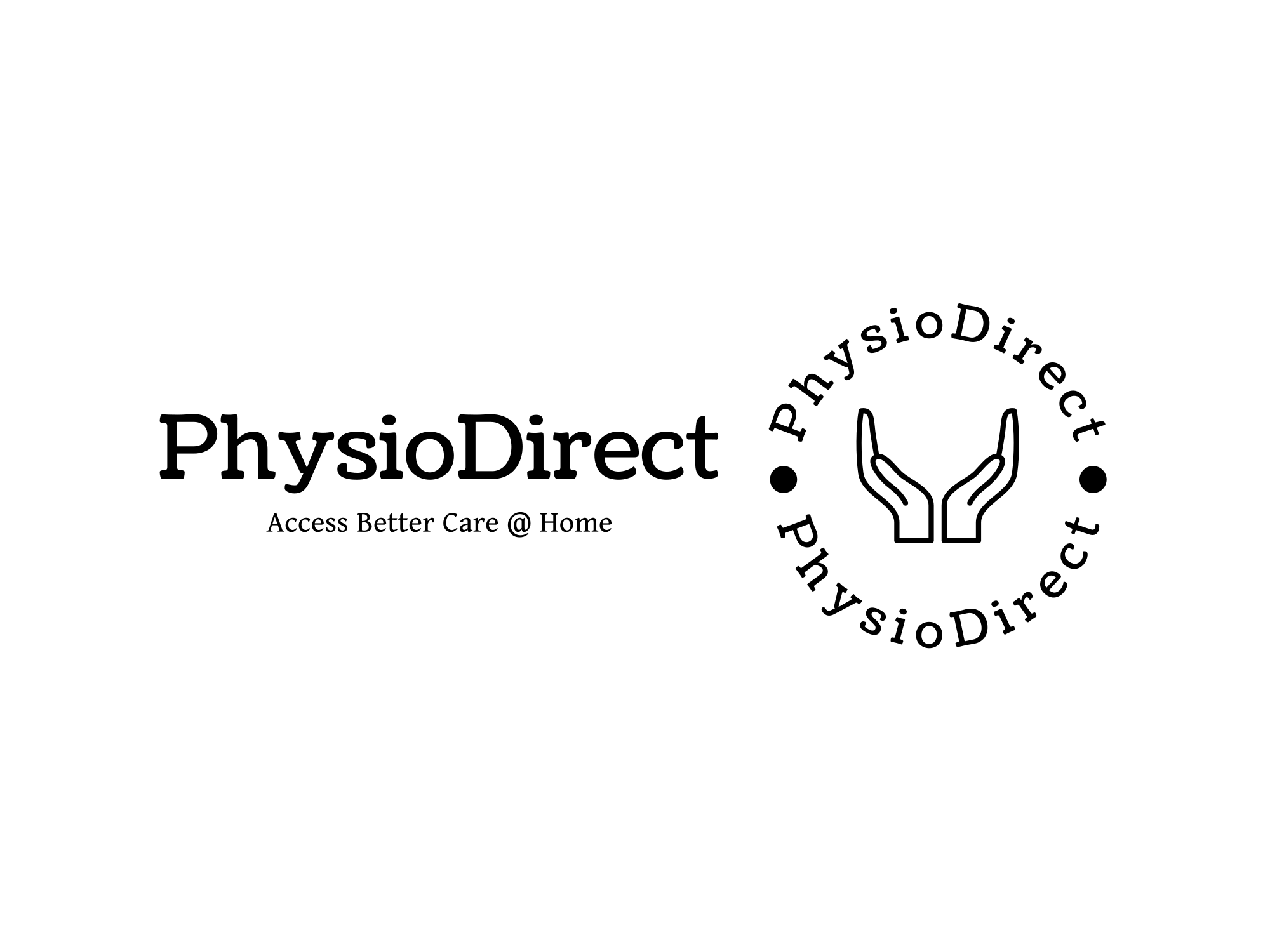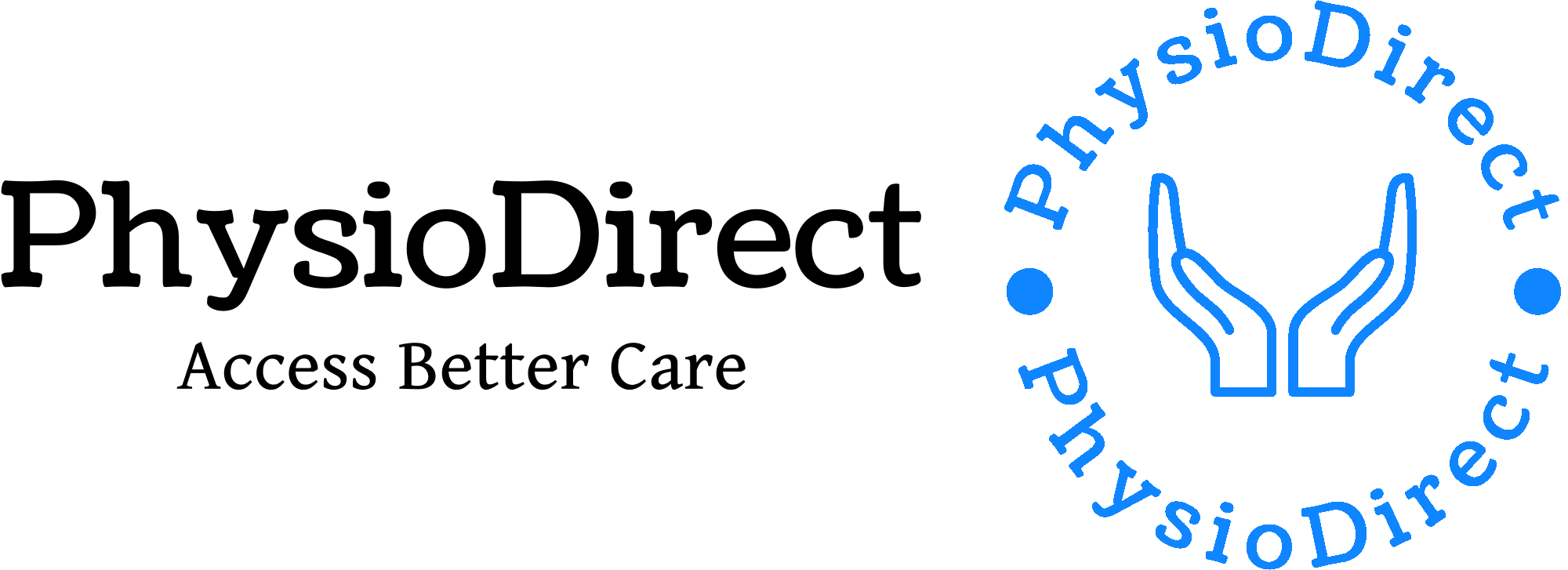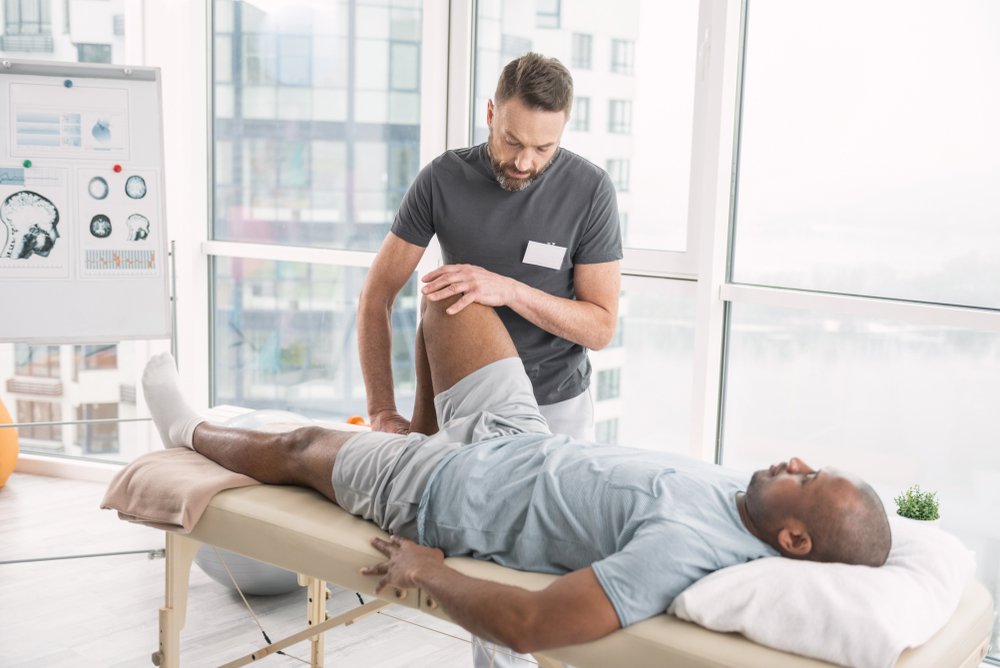The Power of Movement in Healing Injuries
The Power of Movement in Healing Injuries
By Saibu Philip – Chartered Physiotherapist
When you injure yourself—whether it’s a sprain, ankle pain, or bursitis—the first instinct is often to rest completely. While rest is important in the early stage, too much rest can actually slow recovery. The truth is, the right kind of movement is one of the most powerful tools for healing injuries.
This blog will explain why guided movement works better than long periods of inactivity, how home physiotherapy can help, and what recovery milestones to expect.
Table of Contents
- Why Rest Alone Isn’t Enough
- The Science Behind Movement and Healing
- Common Injuries That Benefit From Movement
- How a Physiotherapist Guides Safe Recovery
- Benefits of Home Physiotherapy for Injuries
- Simple Movement Examples for Healing
- FAQs About Injury Rehabilitation
- Book Your Home Physiotherapy in Dublin
Why Rest Alone Isn’t Enough
Resting an injury reduces pain and swelling in the first 24 – 48 hours. But beyond that, too much rest can:
- Cause stiffness in joints
- Weaken muscles around the injured area
- Slow down circulation and healing
This is why guided movement therapy is essential for recovery.
The Science Behind Movement and Healing
Movement helps in several ways:
- Improves blood flow → delivers oxygen and nutrients to damaged tissues
- Prevents stiffness → keeps joints flexible and muscles active
- Builds strength → reduces the risk of re-injury
- Restores confidence → patients feel safer moving again
Common Injuries That Benefit From Movement
- Sprains – Gentle exercises restore mobility and prevent long-term instability.
- Ankle pain – Targeted stretches and strengthening exercises reduce pain and improve walking.
- Bursitis – Controlled movement prevents stiffness while reducing inflammation.
- Tendinitis – Gradual strengthening helps tendons heal without overloading them.
How a Physiotherapist Guides Safe Recovery
A private physiotherapist ensures you move safely. Instead of “one-size-fits-all” advice, you’ll get:
- Personalised movement plans
- Pain management techniques
- Balance and gait training
- Progress tracking for confidence
This reduces the risk of doing “too much too soon” while still keeping your body active.
Benefits of Home Physiotherapy for Injuries
With home physiotherapy, you don’t need to travel when you’re in pain. Sessions at home provide:
- Comfort in familiar surroundings
- Injury-specific guided exercises
- Family involvement for motivation
- Faster healing because of consistent practice
Simple Movement Examples for Healing
(Always consult your physiotherapist before trying)
- Ankle sprain → gentle ankle circles while seated
- Knee injury → supported leg raises
- Shoulder bursitis → wall-assisted arm slides
These small, safe movements rebuild mobility and speed up recovery.
FAQs About Injury Rehabilitation
Q1: Should I rest or move after a sprain?
👉 Rest in the first 24–48 hours, then start guided movements with a physiotherapist.
Q2: Can moving too soon make my injury worse?
👉 Yes, if done incorrectly. That’s why structured guidance from a physiotherapist is key.
Q3: How long does it take to recover from ankle sprains with physiotherapy?
👉 Most mild sprains improve in 2–4 weeks, while severe ones may take longer with structured rehab.
Q4: Is home physiotherapy as effective as clinic visits?
👉 Absolutely. Home sessions are tailored to your environment and needs, making them just as effective—if not more practical.
Book Your Home Physiotherapy in Dublin
Injury recovery doesn’t just come from rest; it comes from the right movement, at the right time, with the right guidance.
At Physio Direct, our physiotherapists in Dublin provide safe, personalised care at home, helping you recover faster and stronger.
Call us today or WhatsApp to book your home physiotherapy session and take the first step towards pain-free movement.
Author: Saibu Philip – Chartered Physiotherapist
(CORU Registered | Specialist in Injury Rehabilitation & Home Physiotherapy Dublin)


